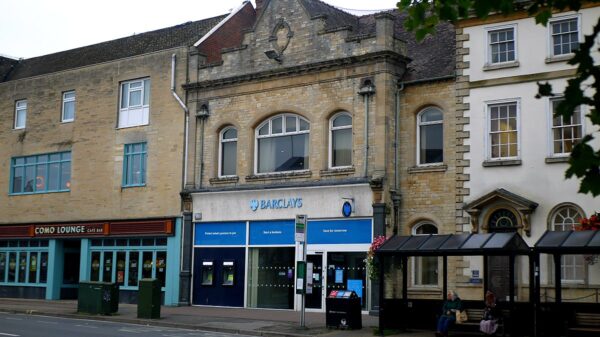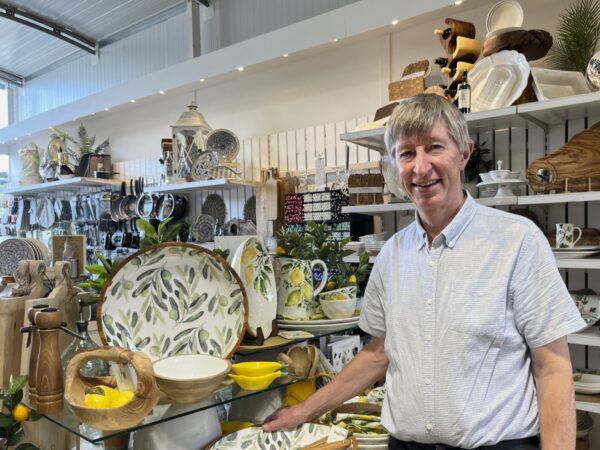The seismic socio-economic shifts which are posing such a challenge for Britain’s high street retailers are being strongly felt by the country’s 600 or shopping centres, many of which are facing an existential crisis. With London’s flagship Westfield shopping centre the latest to be hit be CVAs and retail-related disasters now a regular occurrence, it’s high time a solution was found by resourceful investors as local and national Government fails to take truly effective action in support of retail.

Five years ago shopping centres traded for some of the highest property values but nowadays it’s a different story. At the end of July the owner of Lakeside in Essex and Trafford Centre in Manchester, Intu Properties, saw net rental income fall 18 per cent to £205.2 mn in the first half of 2019. The value of its property fell by 9.6 per cent, with pre-tax losses of £840mn. Spooked investors then wiped almost £1bn off the stock market value of Britain’s biggest retail landlords as they rushed to escape the plunge.
Earlier this year The Postings shopping centre in Kirkcaldy, Scotland – a £4mn build that was once the hub for its local community – was put under auction for just £1.00 with 18 out of 21 shop units vacant. It was bought for £310,000 by Yorkshire businessman, Tahir Ali, who said in an interview with The Times:
“There has been a huge shift to online and out-of-store retail parks, but the strategy we are employing at the moment is gathering pace. You’ve got to give people a reason to go into the town centre, where there isn’t free parking and you’ve got all the headache of the traffic.”
Ali is to invest over £1mn on the centre and will attempt to make it a good destination for Kirkcaldy, with leisure facilities and a broader mix of retailers, who he hopes to attract with incentives such as rent-free periods. It has now been renamed as the Kirkcaldy centre and is to include Amazon lockers to help bring online shoppers onsite.
The keyword of ‘leisure’ often pops up in discussions about how to resolve the town centre crisis, as rising populations result in soaring demand for bars, cafes, salons, essential services and experiential lifestyle destinations for the Instagram generation. Many retailers who are managing to buck the downward trend are doing so by tapping into the rapidly changing zeitgeist and some landlords are catching on.
There is widespread agreement amongst retail property experts that the days of the traditional shopping mall are over and new ways to engage customers must be found. Eastgate shopping centre in Gloucestershire is working with local businesses to create a “digital installation hub” to advise retailers how to meet the challenge of digital innovation.
A paradoxical feature of the changing face of retail is that some of the most successful online stores are now setting up shop on the high street themselves, where they are poised to gain further advantage. This is thanks to the same mastery of ecommerce which poses such a challenge to many bricks and mortar stores and their strong understanding of what modern, tech-savvy consumers (an ever-increasing demographic) want and expect from their ‘high street experience’.

When online home interiors giant, Wayfair (pictured above), popped up in a Soho townhouse for a day in August it ticked several boxes on how to meet the retail challenge head-on with its: Super-trendy prime location during peak tourist season; avoidance of punitive long-term leases; free treats and customer engagement workshops to get people in store and keep them there and interior design trend features to inspire buying backed up with masses of hugely valuable data about what shoppers are searching for online.
Wayfair’s ‘style advisor’ Nadia McCowan Hill, said the company wanted to offer a “trend-forward experience that is just one example of the unique ways we are continuing to transform how people shop for their homes.”
Some online retailers are encouraging customers to collect purchases instore where possible, to help keep boots on the street. Some landlords, meanwhile, are adding budget hotels, flats and medical centres into the mix, along with leisure facilities, to give the public more reason to visit their local shopping centre.
The good news is that there is very much a place for great independent retailing, especially where it can embrace the contemporary lifestyle concept (Instagram and all) and dovetail operations with the cafe society trend, be it through workshops and events or a permanent instore fixture. There is another strong feeling that once we are through with this major shift (let’s call it the dawning of the Age of Aquarius!) the high street will revert to its natural and best self with a butcher, a baker and a candlestick maker for every town. It might feel hair-raising right now, but things can only get better.
That’s enough of a song from us for now, don’t forget to tell your local Facebook group how to find you!














